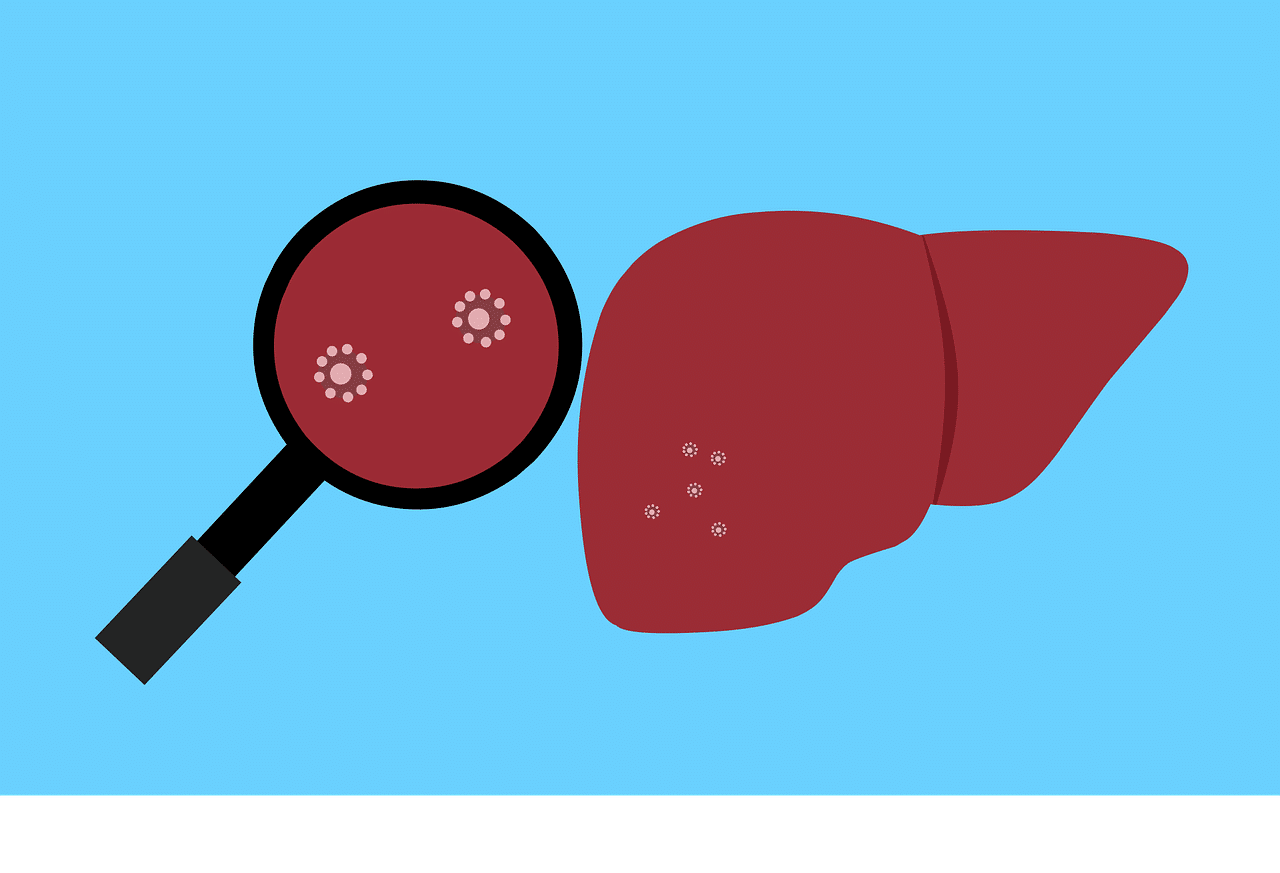Pregnant women having high chances of exposure to different types of persistent organic pollutants – also known as POPs throughout their pregnancy. According to a new study, exposed mothers often experience changes in their fetal growth and their fetuses smaller in sizes in comparison to women who were not exposed to these agents.
Scientists from the National Institute of Health and other institutes conducted this study by scanning different women participants through ultrasounds in the study. They found that the participants in the study had lesser exposure to the pollutants in comparison to the number of women in the 2003-2004 survey, the US Health, and Nutrition Survey.
The study suggests that the persistent organic pollutants are no more created in the territory of the US, however, they can cause hazardous effects on the health even if they persist in the environment at negligible values.
The research appears online in the JAMA Pediatrics journal and the lead investigator behind the study belonged to the Department for Child Health and Human Development, Eunice Kennedy Shriver, an NIH department – Pauline Mendola.
Persistent organic pollutants are the pollutants that were once essentially used chemicals in different sectors such as manufacturing unit, disease control, agricultural sector, and other industrial processes.
These chemicals include the notorious pesticide DDT and the dioxin which is the waste product in the production of paper bleaching as well as herbicides. These compounds take a long time to decompose and hence persist in moisture – air and water both – and pass through the human gut.
The effects are variable in individuals, however, some compounds lead to fertility and birth defect disorders.
Most of the earlier research work on the effects of POP exposure on pregnancy only considered the weight and size at the time of birth – anthropocentric measures of the infant. These were not true indicators of undermined fetal growth as these factors also depend on genetic factors.
This study identified other sensitive indicators of fetal impaired growth rather than conventional anthropocentric measurements. The scientists did an analysis of numerous blood samples collected from the participants and scanned those women on a regular basis through ultrasound.
The combined data collected from 2,284 women in their 16th to 40th week of gestation were analyzed on the basis of 76 persistent organic pollutants.
The calculations were measured on a scale of percentiles with 100 being the highest and 1 being the lowest score. There was an analytical comparison of the head and abdominal margin, and length of thigh bones among the fetuses belonging to the mothers who were a part of the 75th percentile in comparison to the pregnant women who were in the 25th percentile.
The results indicated that fetuses from the mothers included in the 75th percentile have a significant reduction in growth. The head circumference was alleviated up by 4.7 mm, the circumference of the abdomen was decreased to 3.5 mm, while the length of the thigh bone was decreased to 0.6 mm on average.
These pollutants were found to be mostly present in electronics, furniture, and many other types of products which caused a significant reduction of the mentioned anthropomorphic abnormalities in the fetuses of the mothers.


